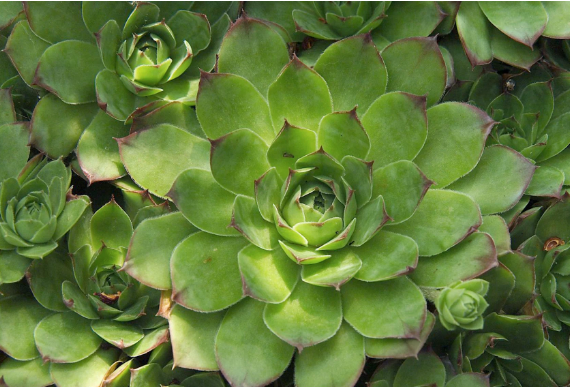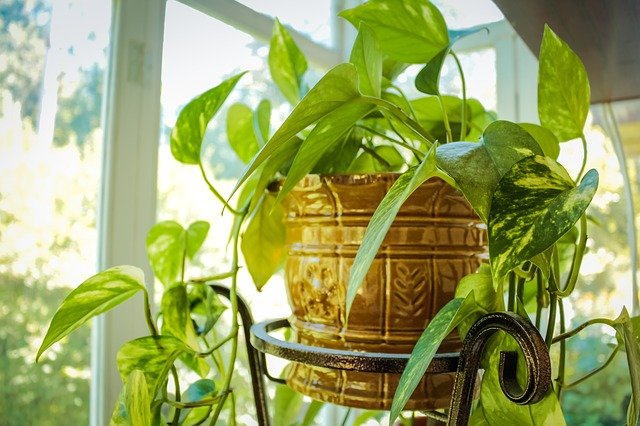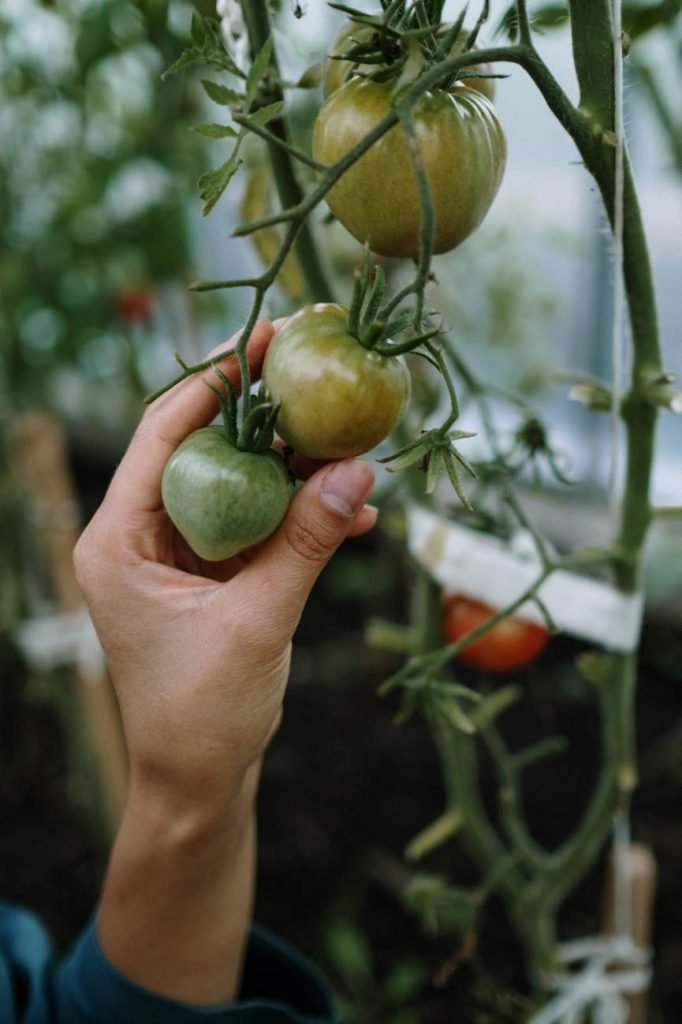Purple bell-shaped flowers are among the most captivating blooms in the plant kingdom. Their distinctive form and rich hue add a touch of mystery and elegance to any garden or floral arrangement. This article delves into the diverse world of these charming blossoms, exploring their varieties, care requirements, and the magic they bring to outdoor and indoor spaces.
Table of Contents
Popular Purple Bell-Shaped Flowers
Several plant species produce purple bell-shaped flowers, each with its unique characteristics. Here are some of the most beloved varieties:
- Foxglove (Digitalis purpurea)
- Bellflower (Campanula spp.)
- Canterbury Bells (Campanula medium)
- Bluebells (Hyacinthoides non-scripta)
- Clematis (Clematis spp.)
- Balloon Flower (Platycodon grandiflorus)
Foxglove: The Towering Beauty
Foxglove is perhaps one of the most recognizable purple bell-shaped flowers. Key features include:
- Tall spikes reaching up to 5 feet
- Tubular flowers in shades of purple, pink, and white
- Biennial plant, flowering in its second year
- Prefers partial shade and well-draining soil
Bellflower: A Versatile Charmer
The Campanula genus, commonly known as bellflowers, offers a wide variety of purple bell-shaped blooms:
- Species range from low-growing groundcovers to tall perennials
- Flowers typically appear in late spring to early summer
- Prefers full sun to partial shade
- Excellent for rock gardens, borders, and containers
Growing Purple Bell-Shaped Flowers
To successfully cultivate these beautiful blooms, consider the following tips:
- Soil Preparation: Most purple bell-shaped flowers prefer well-draining, slightly acidic soil.
- Sunlight: While needs vary, many thrive in full sun to partial shade.
- Watering: Consistent moisture is key, especially during flowering periods.
- Fertilization: Apply a balanced, slow-release fertilizer in spring.
- Pruning: Regular deadheading encourages continued blooming.
Purple Bell-Shaped Flowers in Garden Design
These striking blooms can enhance various garden styles:
- Cottage Gardens: Mix foxgloves and bellflowers for a whimsical, romantic look.
- Woodland Gardens: Plant bluebells for a natural, forest-like ambiance.
- Rock Gardens: Low-growing bellflower species add color to rocky landscapes.
- Vertical Gardens: Train climbing clematis varieties for stunning purple cascades.
Indoor Purple Bell-Shaped Flowers
Bring the beauty of purple bell-shaped flowers indoors with these options:
- African Violet (Saintpaulia)
- Cape Primrose (Streptocarpus)
- Flowering Maple (Abutilon)
These indoor plants require:
- Bright, indirect light
- Consistent moisture without waterlogging
- High humidity
- Regular fertilization during growing season
Attracting Pollinators with Purple Bell-Shaped Flowers
Many purple bell-shaped flowers are excellent for attracting beneficial insects:
- Bees: Especially drawn to foxgloves and bellflowers
- Butterflies: Often visit clematis and balloon flowers
- Hummingbirds: Particularly attracted to long, tubular flowers like foxgloves
Medicinal and Cultural Significance
Some purple bell-shaped flowers have historical medicinal uses:
- Foxglove: Source of digitalin, used in heart medications (Note: Highly toxic if ingested)
- Bluebells: Traditional remedies used the bulb to treat leukemia (not recommended for home use)
In folklore and culture:
- Bluebells: Associated with fairies in English folklore
- Foxglove: Known as “witches’ gloves” in some traditions
Challenges in Growing Purple Bell-Shaped Flowers
While generally hardy, these plants can face some issues:
- Pests: Watch for aphids, slugs, and snails
- Diseases: Fungal issues like powdery mildew can occur in humid conditions
- Over-watering: Can lead to root rot in many species
- Toxicity: Some, like foxglove, are poisonous if ingested
Propagation Techniques
Expand your purple bell-shaped flower collection through:
- Seeds: Many species grow easily from seeds
- Division: Split mature clumps of perennial species
- Cuttings: Especially effective for clematis and some bellflower species
Seasonal Care for Purple Bell-Shaped Flowers
Spring
- Plant new specimens
- Apply slow-release fertilizer
- Divide overcrowded perennials
Summer
- Water consistently during dry spells
- Deadhead regularly to promote blooming
- Watch for pest infestations
Fall
- Cut back spent flower stalks
- Mulch perennials for winter protection
- Collect seeds for next year’s planting
Winter
- Protect tender species from frost
- Plan next year’s garden layout
- Order seeds or plants for spring planting
Companion Plants for Purple Bell-Shaped Flowers
Enhance your garden’s beauty by pairing purple bell-shaped flowers with complementary plants:
- Yellow Daisies: Create a striking contrast
- White Roses: Offer a classic, elegant combination
- Silver-Leaved Plants: Provide a soft, harmonious backdrop
Long-Tailed Keywords and Related Topics
To further explore the world of purple bell-shaped flowers, consider these related topics:
- Purple bell-shaped flowers for shade gardens
- Drought-tolerant purple bell flowers
- Best purple bell-shaped flowers for cutting gardens
- Native purple bell-shaped wildflowers
- Purple bell-shaped flowers that bloom all summer
- Rare purple bell-shaped flower species
- Purple bell-shaped flowers for hanging baskets
- Fragrant purple bell-shaped flowers
Conclusion
Purple bell-shaped flowers offer a world of beauty, diversity, and intrigue for gardeners and nature enthusiasts alike. From the towering spires of foxgloves to the delicate cups of bluebells, these plants bring a touch of magic to any landscape. Whether you’re designing a cottage garden, creating a pollinator-friendly space, or simply adding a pop of color to your indoor collection, purple bell-shaped flowers provide endless possibilities.
By understanding their needs, appreciating their cultural significance, and exploring the wide variety of species available, you can create stunning displays that captivate the eye and nourish the soul. So why not let these enchanting blooms ring in a new era of beauty in your gardening endeavors?

Gardening is my passion and growing plants indoors has always been a stress relief for me. Grow a banana tree in my apartment once (although failed to produce bananas).





